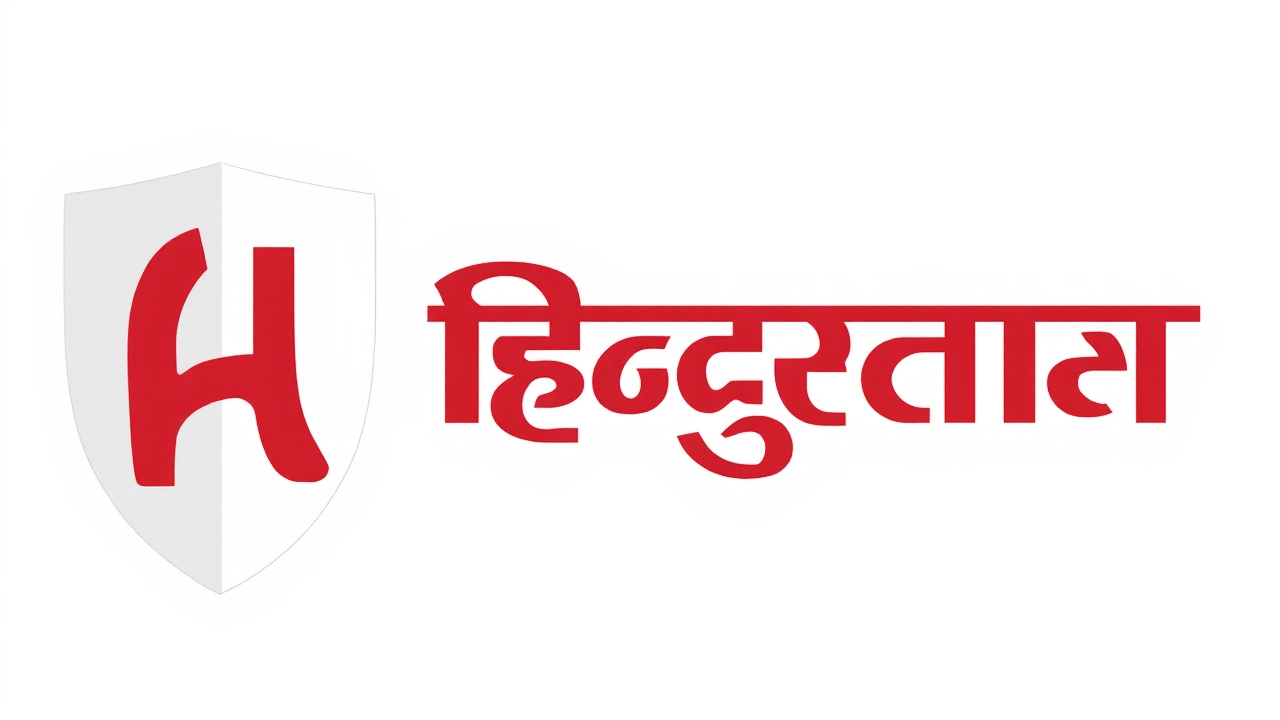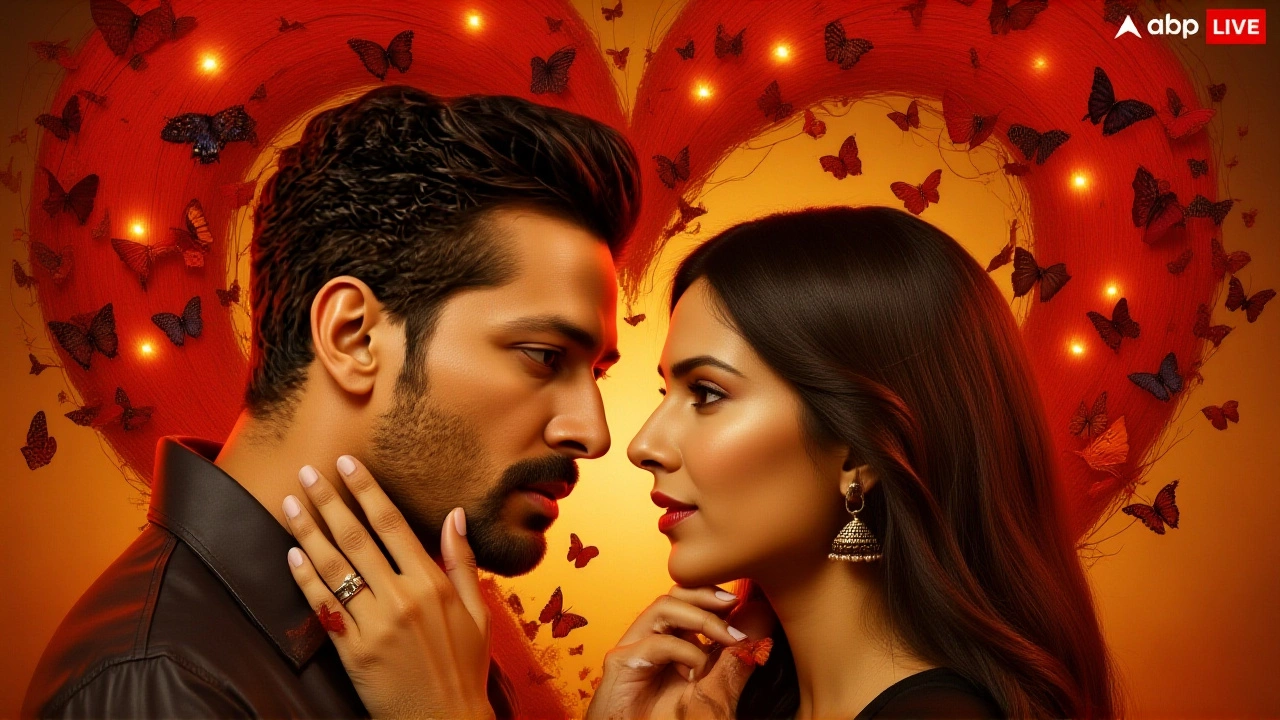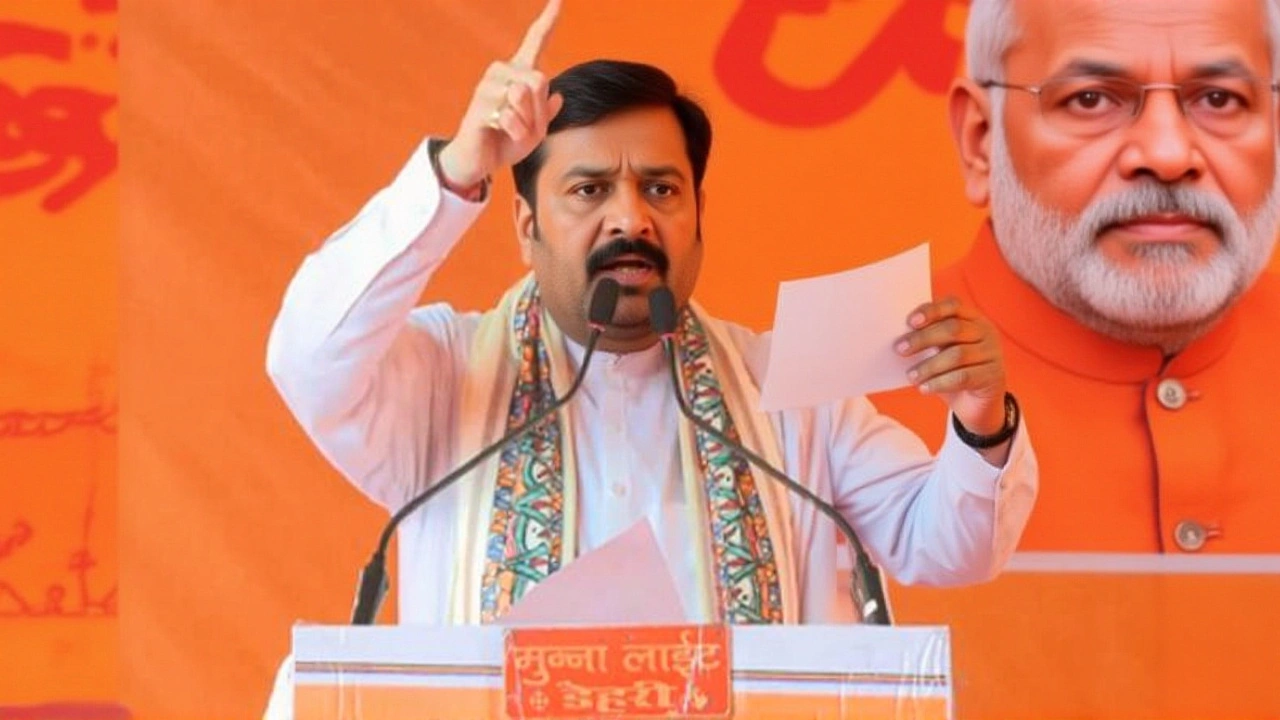Welcome to Hindu World Hub – Your Online Home for Hindu Culture
Looking for a place to dive into Hindu traditions, ancient wisdom, and modern stories? You’ve landed in the right spot. Hindu World Hub brings together readers, teachers, and seekers from every corner of the world.
Discover Rich Content
We publish articles on health, yoga, festivals, and news that matter to Hindus today. Whether you’re curious about a yoga practice, want a quick guide to a festival ritual, or need the latest community updates, our posts are written in plain language and packed with useful tips.
Join the Community
Our forums let you ask questions, share experiences, and connect with fellow believers. Want to start a kids’ yoga session? Find a free lesson plan with mindfulness games. Interested in the Patanjali Yoga Sutras? Read real‑world insights from practitioners.
Sign up, explore, and become part of a growing network that celebrates Hindu heritage while staying relevant to daily life. Your journey into culture, wellness, and spirituality starts here.

Mahindra XEV 9S Launches at Rs 19.95 Lakh, Claims Rivalry with Rs 80 Lakh EV SUVs
Mahindra launched the XEV 9S, India’s first authentic electric 7-seater SUV, at Rs 19.95 lakh, with its top variant claiming to rival Rs 80 lakh luxury EVs. Built on the INGLO platform, it offers 282 bhp, 7-second 0–100 kmph, and advanced tech.

Cyclone Nivar Kills 5, Floods 40,000 Homes in Tamil Nadu and Puducherry
Cyclone Nivar killed five, flooded 40,000 homes, and caused $600M in damage across Tamil Nadu and Puducherry after making landfall on November 25, 2020. Evacuations saved lives, but agriculture and infrastructure face long recovery.

Daryl Mitchell Ruled Out of West Indies ODI Series with Groin Injury
Daryl Mitchell, New Zealand's in-form batter, is out for the final two ODIs against the West Indies after a minor groin tear. He’s expected back for the Test series starting December 2, with Henry Nicholls called up as cover.

Google Doodle Honors Women in STEM on International Women's Day 2025 Amid 29% Workforce Gap

Delhi-NCR Faces 11.7°C Day-Night Temperature Swing as India’s Post-Monsoon Weather Shifts
Delhi-NCR faces a 11.7°C day-night temperature swing as IMD warns of extreme post-monsoon weather affecting 350 million people, with Kerala drenched in rain while the north stays dry and chilly.

Harshvardhan Rane’s Diwali Release ‘Ek Deewane Ki Deewaniyat’ Sparks Strong Opening
Harshvardhan Rane and Sonam Bajwa star in the A‑rated romance Ek Deewane Ki Deewaniyat, opening strong during Diwali and sparking debate over its intense second half.

Afghanistan crushes Bangladesh by 200 runs in Abu Dhabi ODI
Afghanistan thrashed Bangladesh by 200 runs at Abu Dhabi's Zayed Cricket Stadium, sealing a 3‑0 ODI series and boosting Super League points for World Cup qualification.

India’s Home Minister Amit Shah Switches to Zoho Mail, Boosting Swadeshi Push
India's Home Minister Amit Shah moves his official email to Zoho Mail, a key step in Modi's Swadeshi push that could save billions and reshape government tech.

Navratri Colors: What to Wear Each Day for Luck and Happiness
Each of Navratri's nine nights is linked to a specific color that reflects a Goddess's energy. Wearing the right hue is believed to attract blessings, prosperity, and peace. Learn the day‑by‑day guide, the deeper meaning behind each shade, and how the tradition shapes community celebrations across India and abroad.

Nepal Protests: Helicopters Queue in Kathmandu as PM Oli Resigns and Leaders Flee
Prime Minister KP Sharma Oli resigned as youth-led protests over a sweeping social media ban spiraled into deadly unrest. Helicopters lined up at Kathmandu’s airport as leaders fled under army escort. Curfews, casualties, and attacks on top politicians’ homes underscored a fast-moving crisis, even as the government reversed the ban in an emergency meeting.